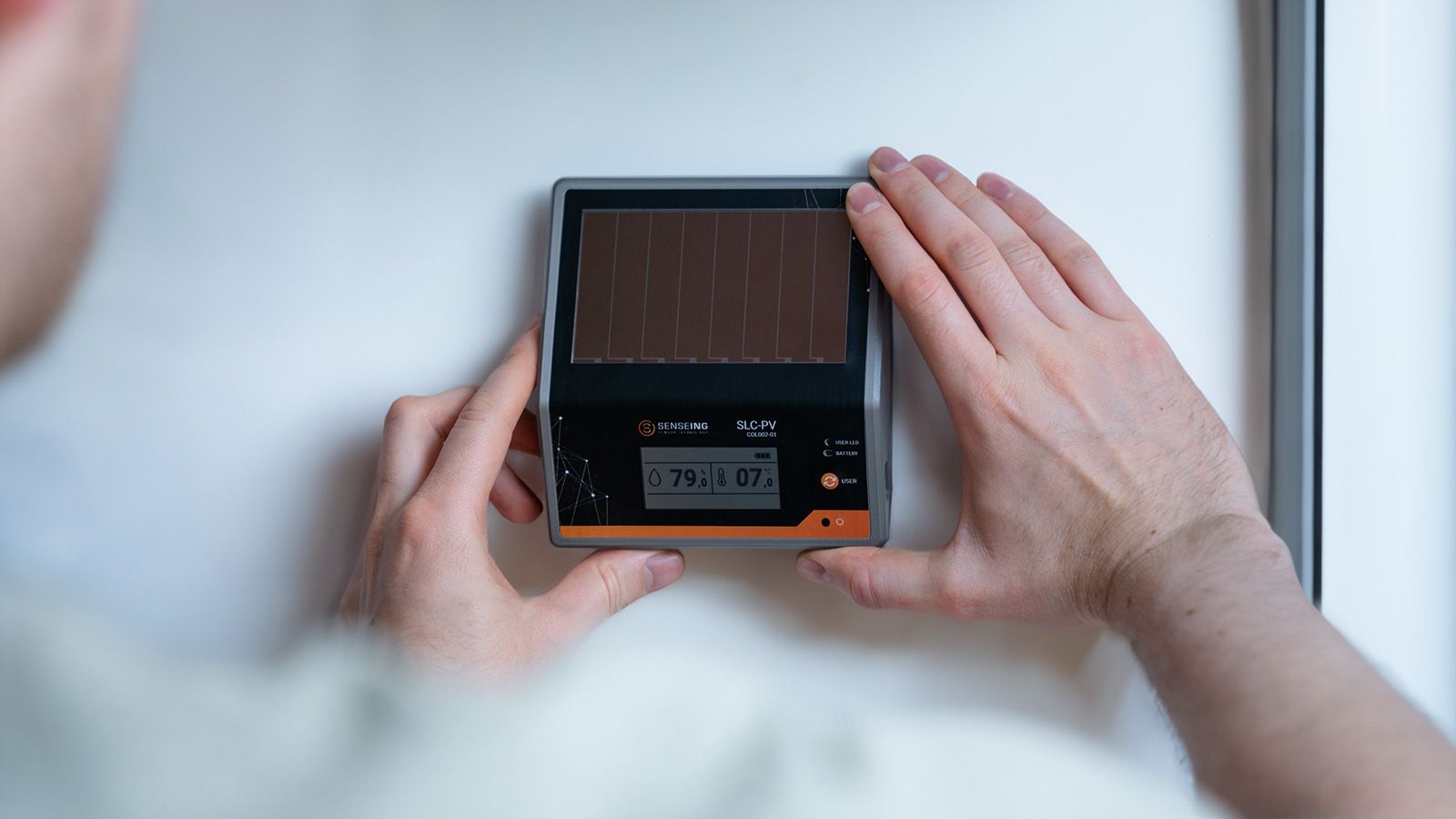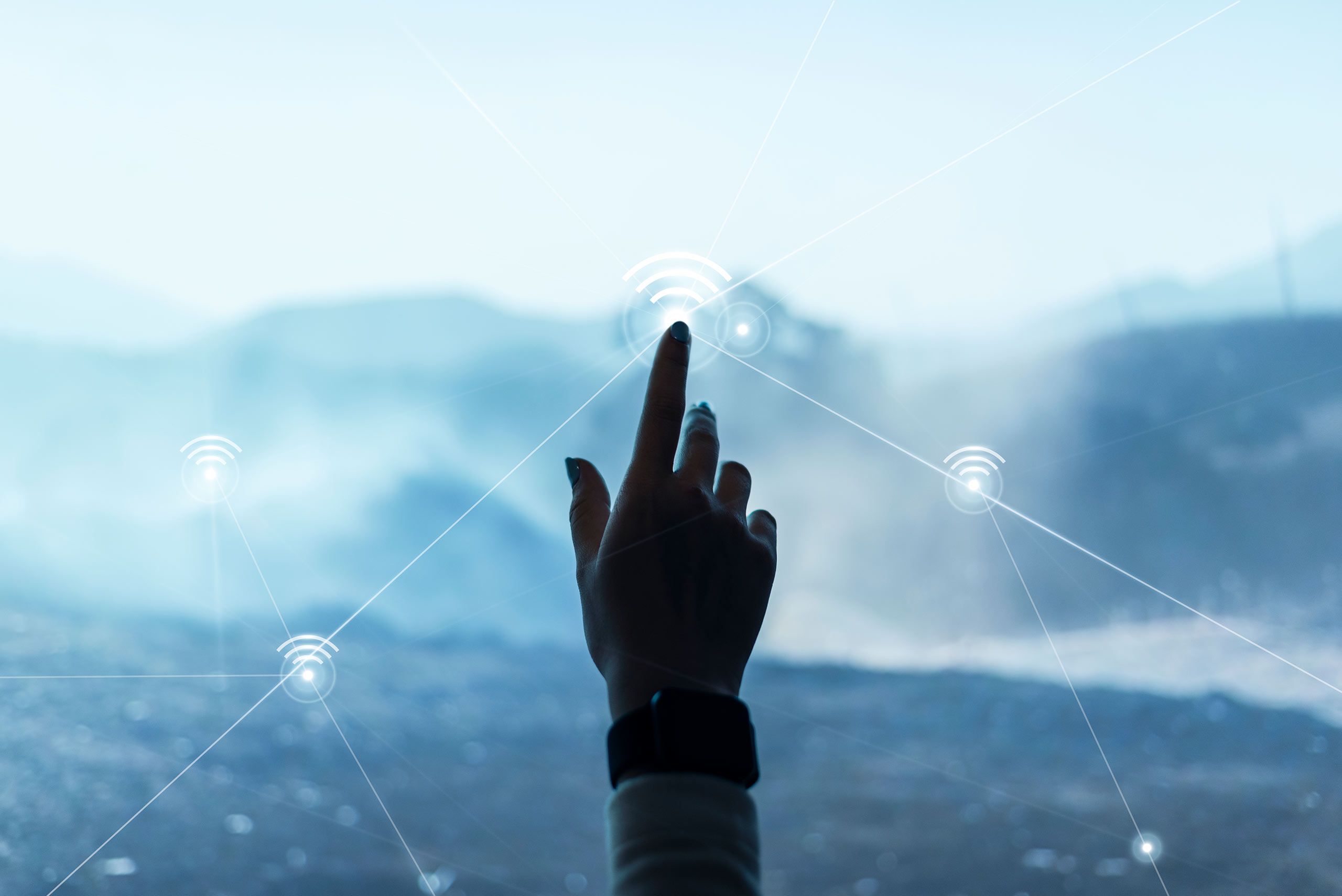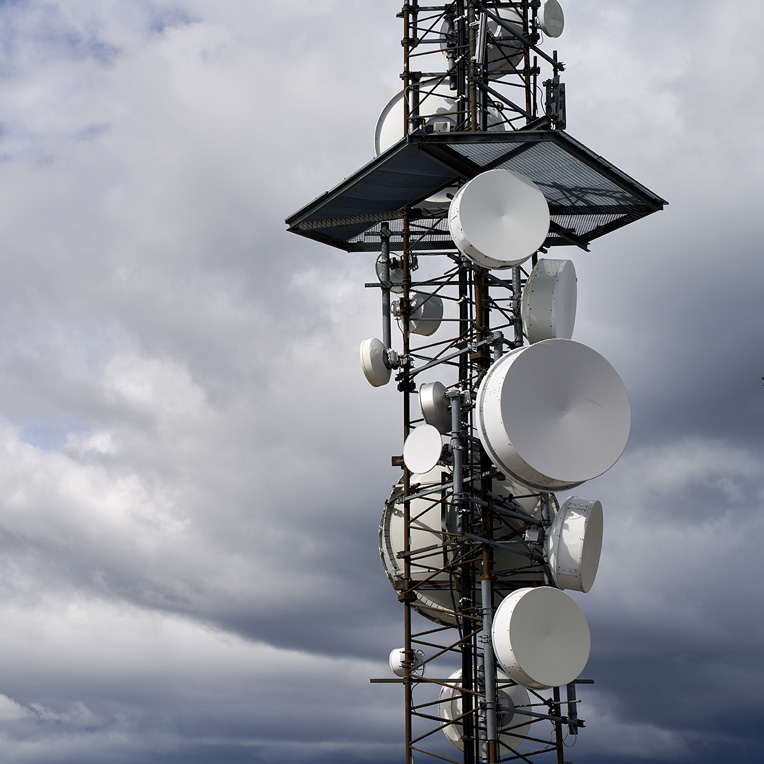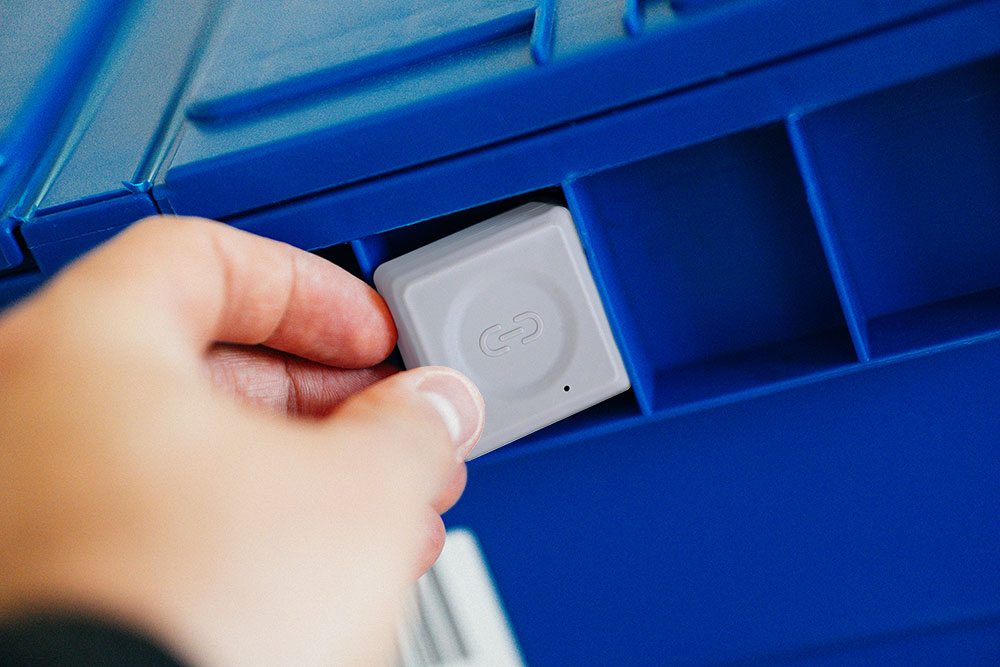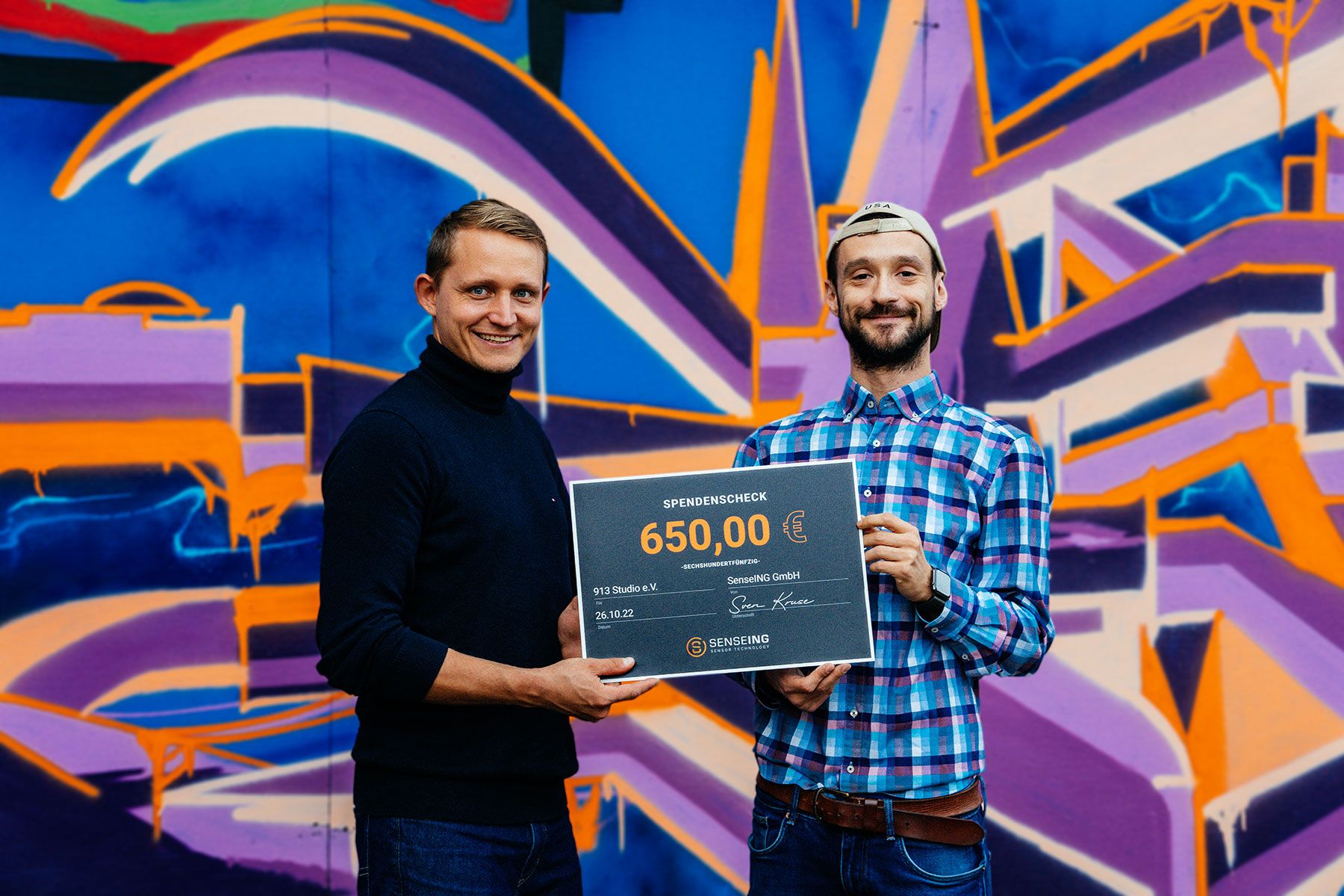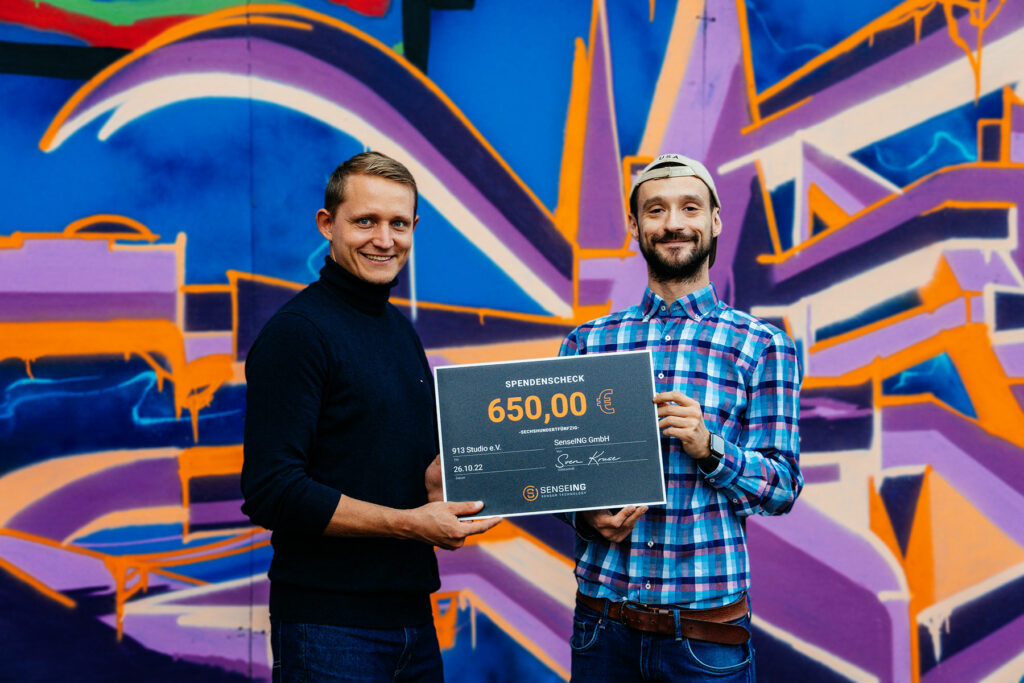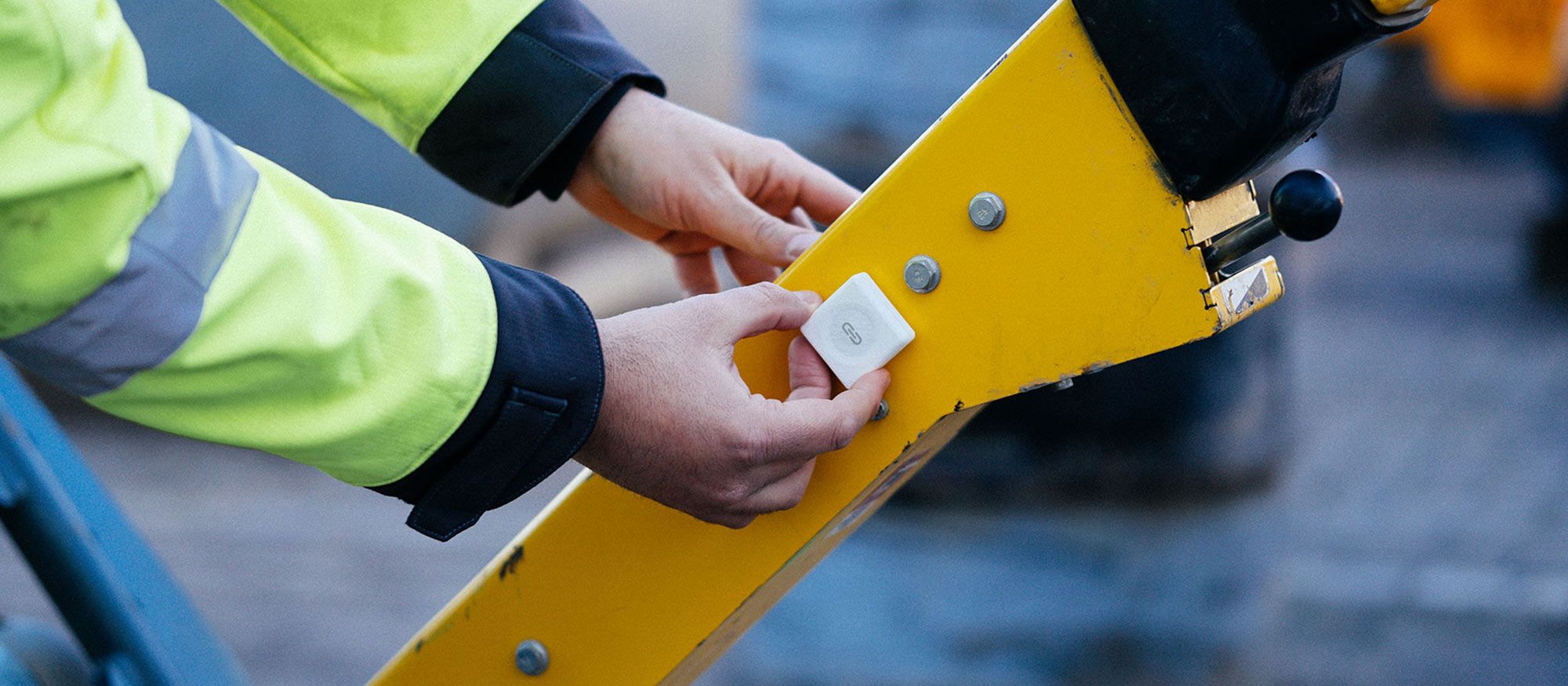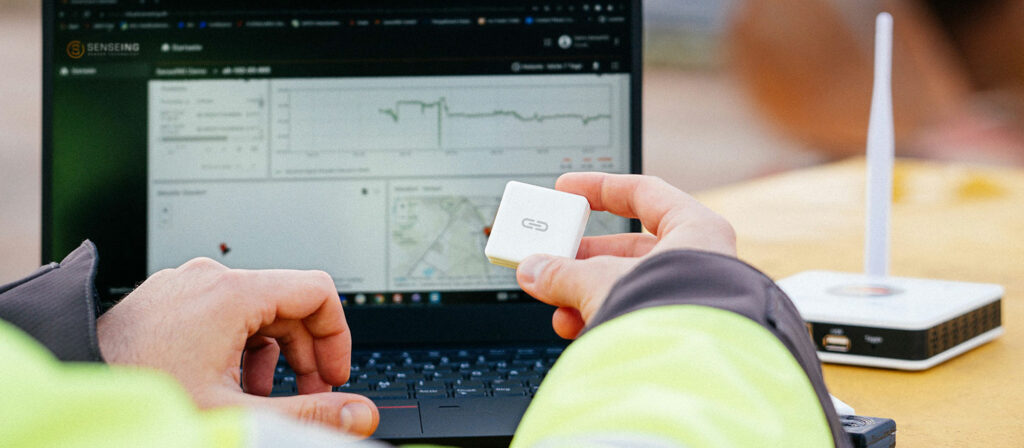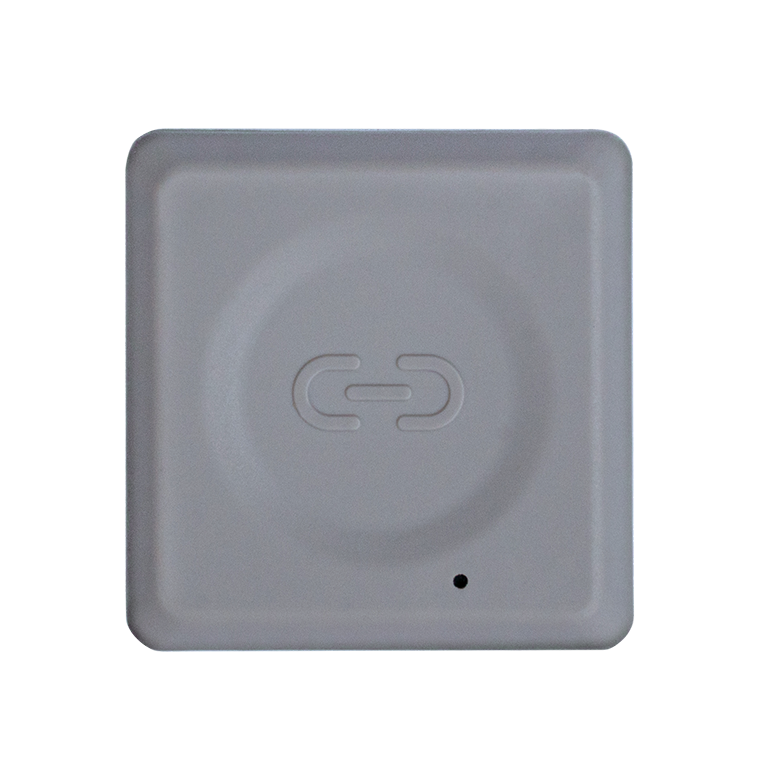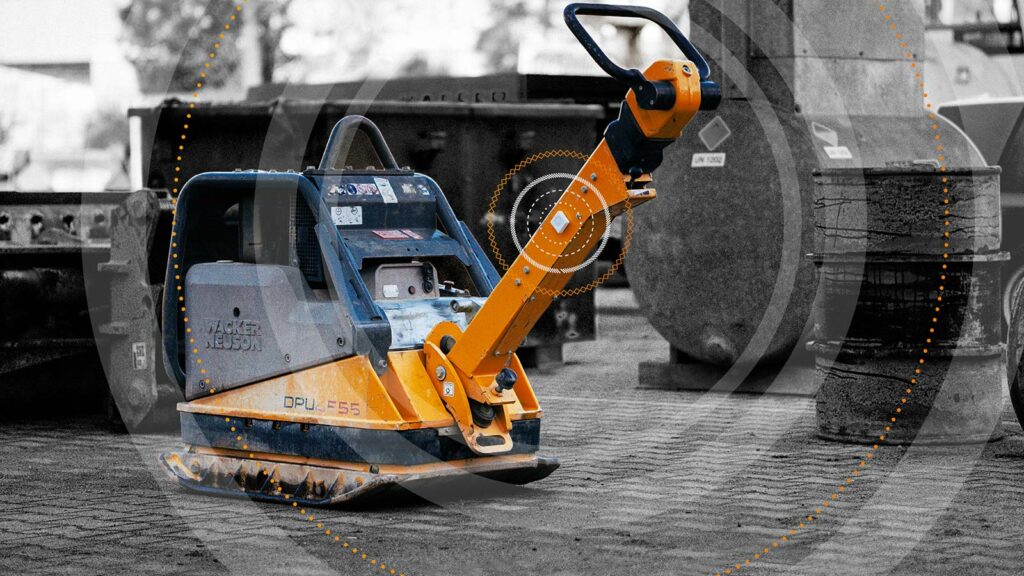Energy self-sufficient temperature data loggers for food logistics
SenseING bringt energieautarke Temperatur Datenlogger mit integriertem Solarpanel auf den Markt. Allein durch die Beleuchtung in Fahrzeugen und Lagerhallen erzeugt der Logger genügend Energie, um autark zu arbeiten.
Um die lückenlose Einhaltung der Kühlkette bei temperaturempfindlichen Gütern zu gewährleisten und Risiken zu minimieren, sind Logistikunternehmen verpflichtet, die Temperatur in regelmäßigen Abständen zu kontrollieren und aufzuzeichnen. Bisher geschieht dies oft manuell, was einen hohen Personalaufwand bedeutet und Fehlerquellen birgt.
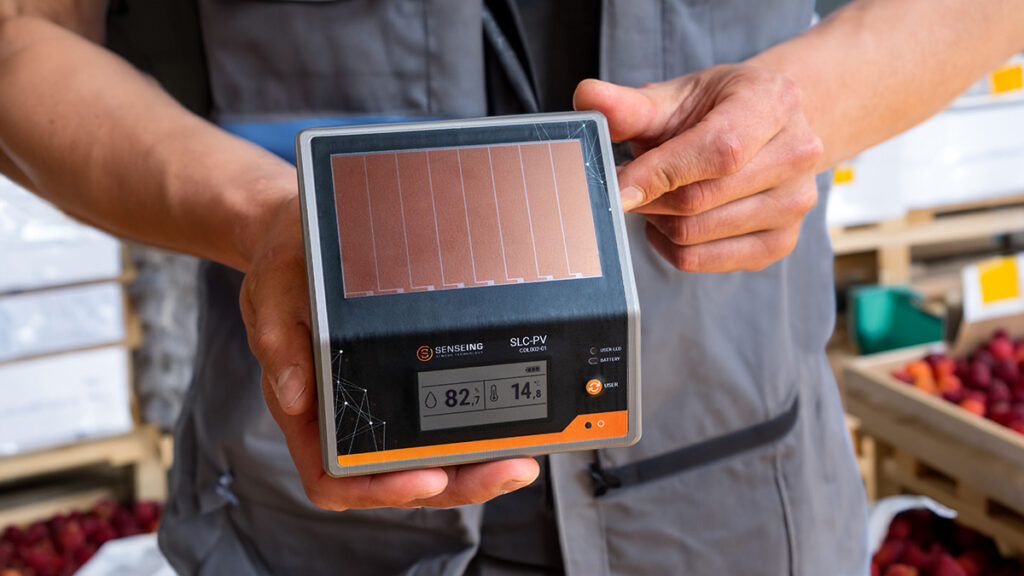
Autarker Temperatur Datenlogger für lückenlose Datenerfassung
Der neue Temperaturlogger mit der Bezeichnung „SLC-PV“ des Karlsruher Unternehmens dokumentiert die Temperatur und die relative Luftfeuchtigkeit auf der Ladefläche von Fahrzeugen. Die große Besonderheit des Loggers ist seine autarke Energieversorgung. Dank eines Solarmoduls lädt der Logger seinen Energiespeicher selbstständig auf und das auch ohne Tageslicht. Für den autarken Betrieb benötigt der Logger lediglich 250 Lux und kommt somit bereits mit der Beleuchtung in Hallen oder in Fahrzeugen aus. Lästige Batteriewechsel gehören damit der Vergangenheit an und mögliche Datenverluste sind ausgeschlossen. Logistikunternehmen können sich somit auf eine kontinuierliche Datenerfassung ohne manuelles Eingreifen oder Ablesen der Temperaturwerte verlassen.
Die automatisierte Datenerfassung des Loggers ermöglicht eine lückenlose Übertragung der gesammelten Informationen. Am Lagerort angekommen, werden die Daten automatisch über den Funkstandard LoRaWAN übermittelt, die die Daten in die Cloud übertragen, wo sie analysiert, visualisiert und verwaltet werden können. So können Unternehmen ihre Temperatur- und Feuchtigkeitswerte einfach und effizient überwachen und automatisierte Berichte erstellen. „Darüber hinaus bietet SenseING die Übernahme der erfassten Daten in bestehende Kundensysteme über standardisierte Schnittstellen an“, erklärt Geschäftsführer Sven Kruse.
Die Integration der autarken Temperaturlogger ist einfach und unkompliziert. Die Logger werden vorkonfiguriert ausgeliefert und können in wenigen Schritten in Betrieb genommen werden. Dabei können die Logger auch problemlos zur Temperaturdokumentation in Lagerhallen eingesetzt werden.
Automatisiert Auflagen erfüllen
Die automatische Datenübertragung ermöglicht eine lückenlose Dokumentation der Temperaturwerte während des gesamten Transport- und Lagerprozesses. Somit können Logistikunternehmen nicht nur den personellen Aufwand und die Fehlerquellen reduzieren, sondern auch die Effizienz und Zuverlässigkeit ihrer Temperaturüberwachung verbessern. Zudem unterstütz die dauerhafte Dokumentation die Logistikunternehmen bei ihren Qualitätsmanagement-Audits.
“Alles in allem bieten wir mit unserem autarken Datenlogger Unternehmen die Möglichkeit, ihre Effizienz zu steigern, Kosten zu senken und ihre Betriebsabläufe zu optimieren”, so Kruse abschließend.
Der autarke Temperatur Datenlogger mit integriertem Solarpanel ist ab sofort verfügbar. Darüber hinaus bietet SenseING weitere Logging-Lösungen entlang der Lieferkette an. Unternehmen, die ihre Logistikprozesse optimieren und ihre Temperatur- und Feuchtewerte zuverlässig überwachen möchten, sind herzlich eingeladen, weitere Informationen anzufordern.
